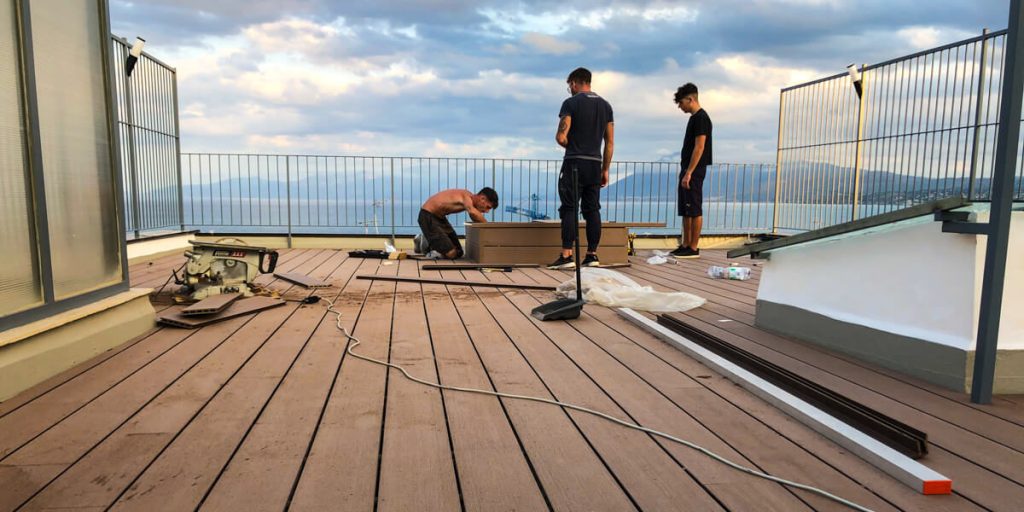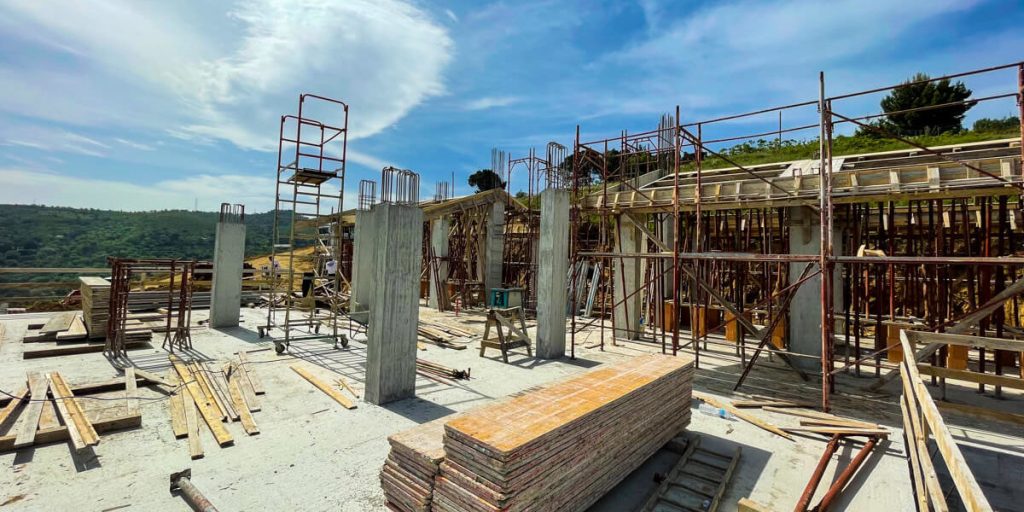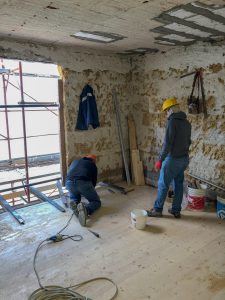It’s a tricky decision. Here are some key factors to bear in mind:
Opportunity – Ruined buildings are sometimes found on land where new development is not permitted, like the coastline or areas of outstanding natural beauty. By restoring an old ruin, you could get around the restrictions and end up in your ideal location.
Flexibility – How far are you prepared to compromise on the image in your head? When you renovate a property there will always need to be compromises along the way.
Obligations and Cultural Protection – Even a building in the most dramatic state of disrepair will need to be rebuilt with an aesthetic that fits into the surrounding area. If your dream house would look like it was designed by Frank Gehry or Zaha Hadid, the chances are you’re better off finding an isolated spot and building it from scratch.
Subsidies and Bonuses – Renovating houses in Sicily can bring huge savings in the form of state subsidies (see below). If you build from scratch them you will miss out on these potentially huge savings.



